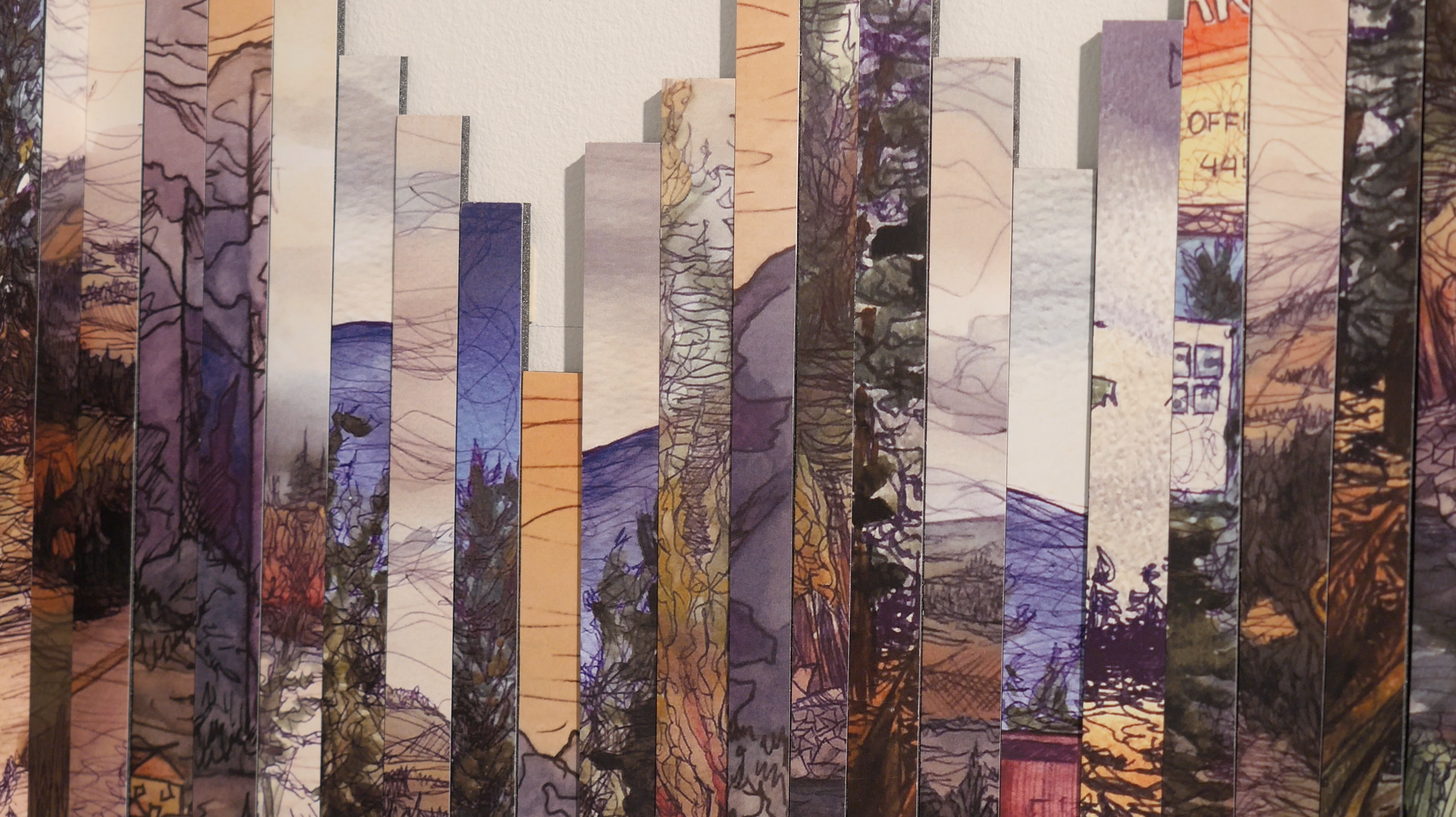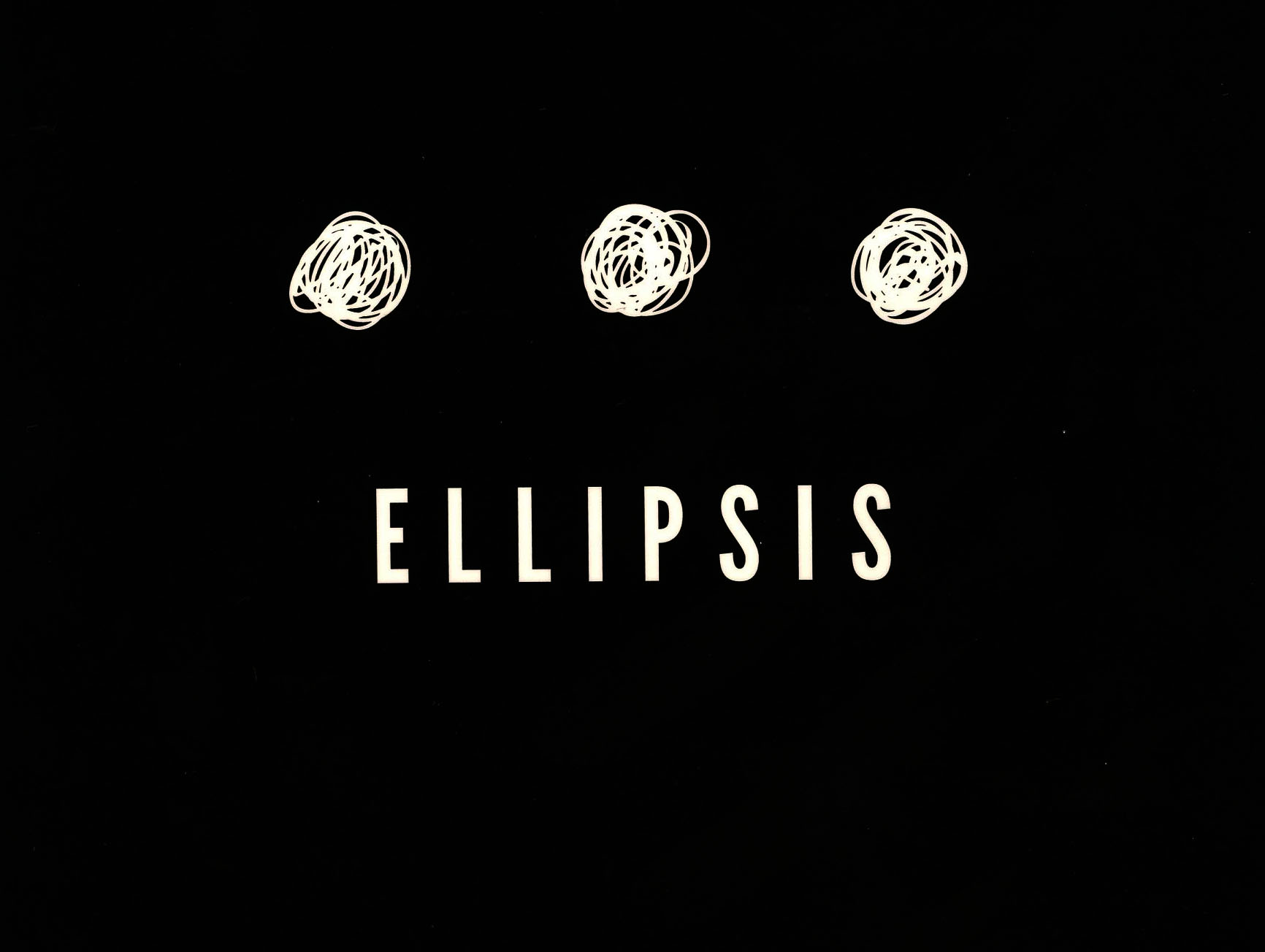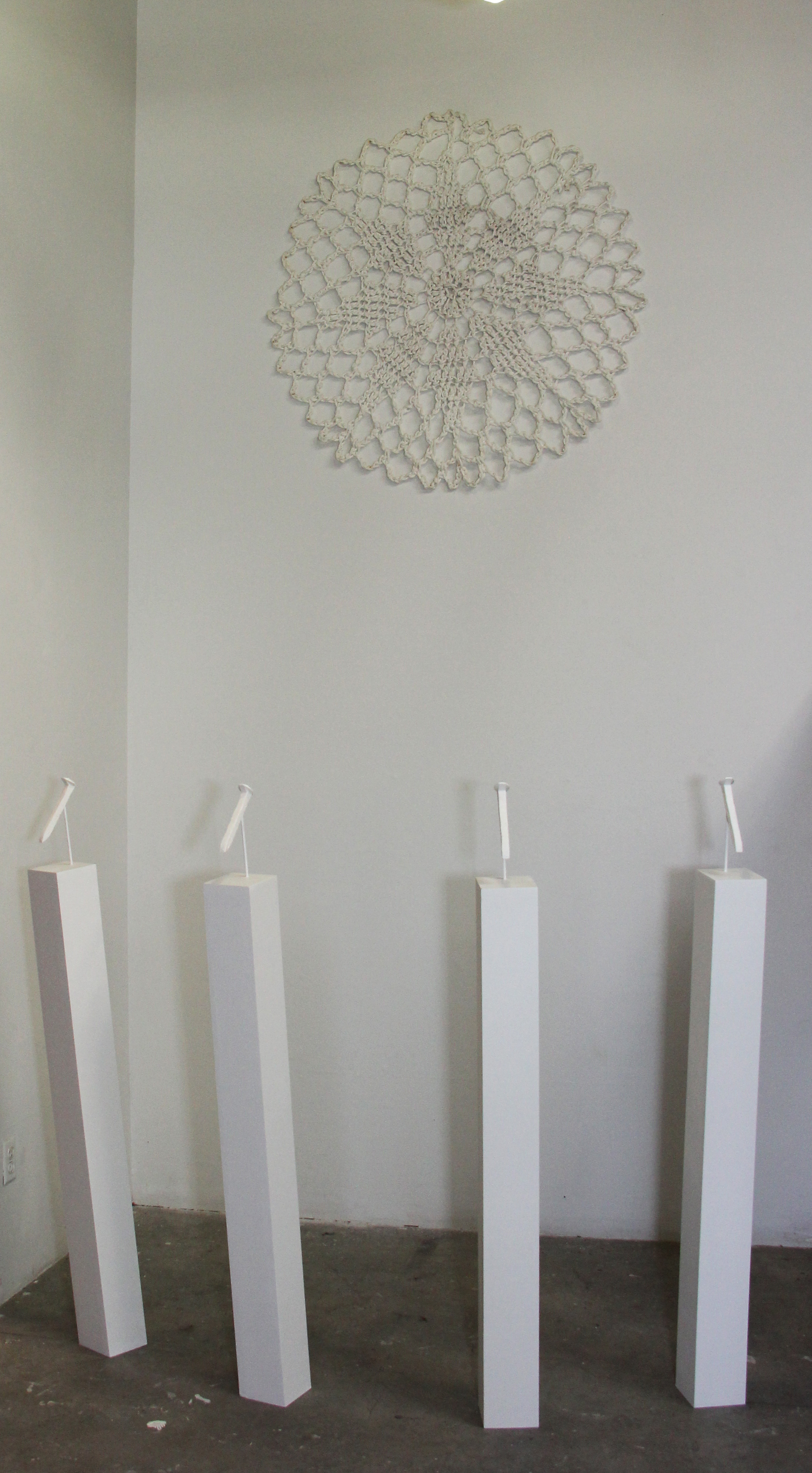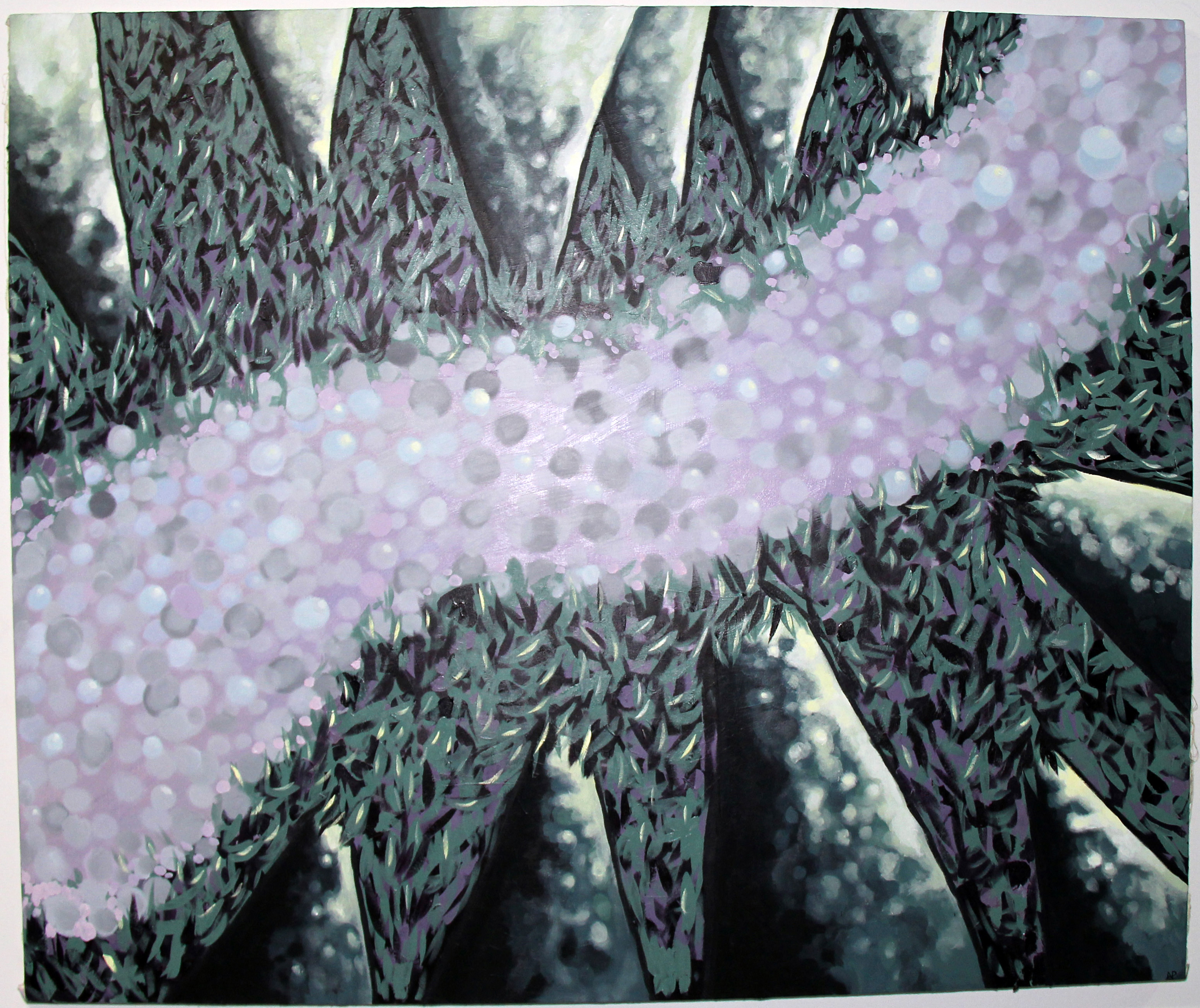Tradition
Patricia Leinemann is in her final year of her BFA degree. Her art installation features drying walnuts, walnut wood bowls, zucchini walnut bread, pickled walnuts and walnut ink. It all began with tradition… harvesting walnuts for zucchini walnut bread.

 Follow
Follow






